Raising Chickens For Beginners
So you’ve decided to take the plunge and start raising chickens…but you’re not sure how or where to start? No worries! There’s a wealth of information available out there on the subject (maybe too much!)
But we wanted to break it down into a very simple process for you so that you’re able to get started without getting overwhelmed! The basics of raising chickens includes buying or building a chicken coop, determining what kind of chickens you want and how many, what type of feed to use, and a few other miscellaneous tips we’ve learned through the years.
Alright let’s get to it!
Chicken Coop
Not surprisingly, your chickens will need a place to stay to keep them out of the elements and safe from predators. There are dozens of different chicken coop designs out there so it’s really a matter of choosing what design you like best. Below are a few other things to keep in mind.
How Many Chickens Do You Want?
When designing your coop, keep in mind that each chicken needs 2-3 sf per chicken. So, for example, if you’re wanting to raise 4 chickens, you’ll want a coop design that is between 8 and 12 sf. We’ve written guide to building or buying chicken coops which goes more in-depth on this.
Do You Want A Run…Or Just Let Them Free Range?
A “run” is an enclosed outdoor area that allows your chickens to be outside in a contained space attached to the coop. Many people like this option because it keeps the chickens in one set area so they aren’t walking around pooping everywhere, flying over to the neighbors, digging up your garden beds, or getting eaten by a predator!
However, a run can also limit the amount of space they have to roam around and some chicken farmers like their chickens to be as free as possible, yet still stay close to the coop.

(photo, Pixabay)
So if you live an area where predators are not a problem or you don’t mind your chickens roaming and scratching around your yard, you many want to consider letting your chickens free range. Free ranging your chickens allows them to be outside eating bugs, grass, seeds, but come back to the coop to roost at night.
We have used both methods over the years and, quite honestly, the chickens will do fine either way as long as they have adequate food and water.
We prefer to free range our chickens because it’s a bit less maintenance, but we then have to keep a close eye out for either aerial predators (like hawks, owls) and ground predators like coyotes, fox, raccoons, skunks etc.
You may also want to keep in mind whether you live in a rural or urban setting. If you live in an urban setting, it may make more sense to have your chickens in a run so they won’t get into the neighbor’s yard. However, many people who have a backyard flock are able to free range them with minimal issues if the right precautions are taken i.e. clipping their wings and making sure there are no holes in the perimeter fencing.
By the way, wing clipping simply entails clipping the outer portion of the feathers on ONE wing. It’s clipped in an area without blood supply so they won’t be hurt in any way. And by clipping just one wing, they are too off balanced to fly. A simple “how to” article on wing clipping can be found here.
Stationary Or Mobile?
As you may have guessed, a stationary coop will remain in one place in your back yard or pasture. A mobile coop is one that often has wheels on it and can be moved around your yard.
Mobile Chicken Coop
What’s nice about a mobile coop is that you can move it around to different parts of your yard every so often so your chickens get access to yummy new grass and bugs. And if you have a run attached to your coop, having a mobile coop can be great because it makes it easy to move around your yard, keeps predators out, and the droppings will fertilize your entire yard over time.
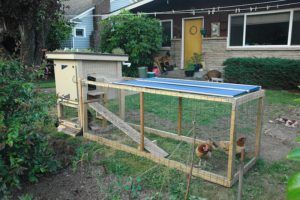
Stationary Chicken Coop
Don’t want to mess with moving your coop? No problem – a stationary coop, or permanent chicken coop, will work fine as well and you can place it exactly where you want it for easy access to your chickens and for gathering eggs. With a stationary design, you can either let your chickens free range and head back to the coop at night, or have a run attached to it.

So if you go this route, it may be helpful to add some wood chips in the run so the chickens can scratch around in them and it will cut back on the amount of mud!
Also – if you add a few leftover veggie scraps or meal worms (you can buy them at the farm stores) you’ll keep your chickens quite happy!
More on choosing chicken coops can be found here.
Types Of Chickens
This is the fun part – picking out your chickens! But once again, there are a lot of chicken breeds out there and it can be hard to narrow down which breed of chickens will work best for you. We’ll cover the basics in this article, but look here to find more information.
Do You Want Eggs…Meat…or Both?
This topic can also be overwhelming when you first start researching chickens! There are a lot of really cool breeds of chickens out there but personally I wouldn’t worry too much about finding the perfect breed of chicken. We have tried many different breeds of both egg laying and meat chickens, and have had good experiences with nearly all of them.

Check with your local farm store, which often carries an ample selection of both egg layers and meat chickens (or chickens raised for meat aka dual purpose). They’ll also have staff knowledgeable about the breeds, what to expect for egg production etc.
We wanted to include a few of the more common breeds of chickens for both egg and meat production. The lists really only scratch the surface but I included chicken breeds I’ve both researched and raised myself over the past 15 years.
Egg Layers:
- Leghorns – are a bit flighty but are one of the best egg laying chickens available. Lays white eggs, nearly 300 eggs/year.
- Sex-Link Chickens – these are bred to be excellent egg producers. They come in Red, Black, and other colors. Lays brown eggs, up to 275 eggs/year.
- Novagens – arguably the best layers of all.
- Rhode Island Reds – Another great egg laying breed. Lays brown eggs, around 250 + eggs/year
- Barred Rocks – A larger chicken with a nice disposition, laying 250 + eggs/year
- Easter Eggers – These chickens are cool looking! And on top of that they lay blue, green, or speckled eggs! Over 250 eggs/year.
- Buff Orpingtons – Beautiful golden yellow colored chickens that have a sweet, docile personality (one of my favorite breeds). They lay 225 – 250 brown eggs per year.
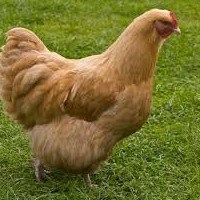
Meat Chickens:
- Cornish Cross – This is the most common type of meat chicken and they taste great! It only takes about 2 – 3 months to finish them. Just be aware that they do not forage at all and can eat a lot during that time frame. They are a heavier framed chicken. Because of their fast growth, they are prone to some health issues in the heart and skeletal systems. It’s the most popular meat chicken in the US.
- Red Rangers – Similar to Cornish Cross but don’t grow quite as quickly. However, they are able to forage more and many people prefer this. They are stocky like Cornish Cross but dress out at a smaller finish weight.
We discuss chicken selection, egg colors and more in this article.
Where to Buy Your Chickens?
Hatched chicks, just a few hours or days old can be bought at your local farm store. It would be a good idea to call them in advance to make sure they have them as some store only sell them in the Spring, but some farm stores are selling them during both Spring and Fall.
Also, by calling ahead you can ask what breeds of chickens they have in stock! It’s a hoot picking out chicks at the store!

However, if it just so happens they don’t have chicks in stock you can also order them online! Yes, you read that correctly. You can buy fertilized eggs online and by the time they get shipped to your house, you’ll likely hear them peeping through the box by the time they arrive.
We have ordered them online before, and have had good success doing this. The chicks survive for several days before getting access to food and water because they can eat the shell they were living in and be just dandy until they arrive at their final destination.
There are several companies that sell them online. We’ve purchased from Amazon and had great luck. What we liked about buying chicks online is that we had the chance to pick from a large variety of different breeds, some that were not available at our local farm store.
What Type Of Feed Should Be Used?
The type of feed that should be used depends on the type of chickens you have and what stage of life they’re in. All chicks (baby chickens) require a “Chick Starter” feed that is specially formulated for the youngsters. They are fed this feed for a few weeks before transitioning to an adult feed.
The feed is specially formulated for either egg or meat chickens. It will specify this on the bag and the farm store staff will also assist and educate you on which feed to choose.
For your hens, look for protein levels to be between 14% to 18%. Anything less than that and the shells of the eggs can be a bit weak. The ingredients label on the bag will specify this.
Feed is usually sold in mash, crumbles, or pellet form. The feed is the same in any form but different forms of feed should be used at different phases of a chicken’s development.
- Mash feed – Mash is finely crushed feed that is great for chicks. However, because of it’s soft texture, I worried about them choking on it so always had a water source nearby. I stopped using it because of that concern, but many chicken growers use it without problems. As chickens get older, they tend to spill mash all over the place so I’d recommend switching to crumbles or, better yet, pellets.
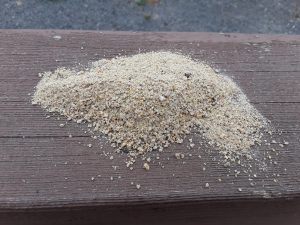
- Crumble Feed – Crumble feed looks a bit like Grape Nuts cereal – about the 1/16 inch in diameter. I usually use crumble feed for chicks. They can easily swallow it and it creates less mess. Crumble feed can be used for adult chickens, but I find that they still make a pretty big mess of it, spilling it all over the ground etc. so I feed them the pellet form instead and it really works great in reducing the waste. Chicken feed can be expensive so any bit of savings can make a difference!
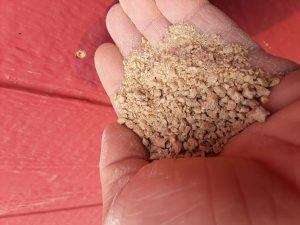
- Pellet Feed – As the name suggests, pelletized feed is in the shape of a pellet, roughly 1/4 inch long. As soon as the chicks are past the adolescent phase of life, I switch over to this form to reduce waste and save a bit of money.
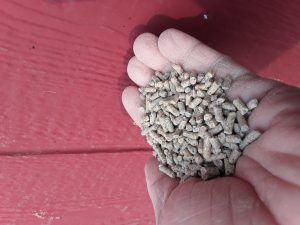
Organic Feed – If you can afford it, organic feed is great! Many farm stores carry organic chicken feed now but if you can’t find it there, there are a lot of great options online. Organic chicken feed has a lot of natural grains, peas, seeds etc. which provides all the nutrients and adequate protein they need.
To learn all about chicken feed, read more here.
Caring For Your Chicks
Once you’ve picked out the chickens you want, the fun begins! Getting the chicks home and settled is a blast. They really are low maintenance. What’s needed to care for your chicks is a nice contained space (chicken coop etc), bedding, a heat lamp, feed, and water!
Space: Depending on how many chicks you get, a contained space like a large cardboard box works great. Our coop is outside and feels a bit drafty so we put ours in a large cardboard box in the garage. We typically get around 8 – 10 chickens at a time and this works great when they’re small – not to mention it’s much more affordable this way!
Once they get to the adolescent phase and we see a few feathers, they try to fly etc., we transition them to the coop.
Bedding:
For bedding, an inch or two of wood pellets, pine shavings, or straw works best. Although not as effective, materials like leaves or shredded paper can also work.
All bedding options can be bought from the farm store or online. We discuss the best bedding options here.
A starter kit containing all these items and that’s specially made for giving your chicks a good start can be bought online or at the farm store.
Light/Heat:
A brooder bulb works perfectly for this purpose. When possible I try to find more economical “work arounds” to save money. But when it comes to this accessory, you’ll want to buy a bulb like this as it provides a nice consistent, warm temperature for your chicks.
It can be hung anywhere in the coop facing down at the bedding. You’ll know if you need to position the bulb higher if the chicks are scattered all over the floor. If they are huddled super tight together, you may want to lower it 2-3 inches as it may be too high for them to get just the amount of heat they need. You’re aiming for somewhere between those extremes.
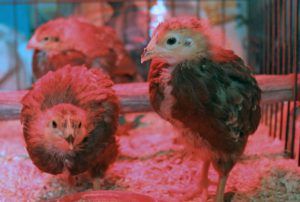
(photo, Pixabay)
These can be bought at the hardware store, farm store, or online.
Feed and Water:
Chicks always need a supply of fresh water. The farm stores carry a vast selection of waterers that can be used for your brood. They can also be found online. If you want to get fancy, you can buy the automated waterers, but it’s not necessary when you first start out.
Feed – Find a chick starter feed in mash or crumble form and you’re all set! If you’re getting meat chickens, make sure to get the feed made specifically for them. It’s formulated differently that feed for your laying hens!
Caring For Your Chickens
Once your chicks are full grown and living in their new home, it’s just a matter of making sure they have enough food, water, and a safe shelter at night. That’s about it!
Chickens are pretty darn easy to raise which makes them a great bird for your backyard or farm. You’ll want to make sure they stay healthy so if you see them looking a bit sluggish, dazed, low energy etc, you may want to consult a vet.
But if you keep up with coop maintenance i.e. making sure the coop doesn’t pile up with poo or ammonia smell, you shouldn’t have too many problems. Having a well ventilated coop is very important in keeping your chickens healthy. To make cleaning the coop less of a chore, read about the deep litter method here.
If you are raising chickens for eggs, you can start looking for eggs in your nest boxes when they are about 5-6 months old. After that, you should be finding fresh eggs nearly every day! I never tire of seeing fresh eggs in the coop.
More on raising chickens and chicken coop maintenance can be found in our guide.
Another great resource for raising your flock is the Chicken Keeping book.
I hope this information helped to give you a foundation of what’s needed to get started raising chickens. We’ve been raising chickens for over 15 years now, and we’re still having fun! I hope you have the same experience.
Please leave a comment if you have any other ideas or tips about raising chickens or anything else related to chickens! We’d love to hear from you. Thanks for stopping by.

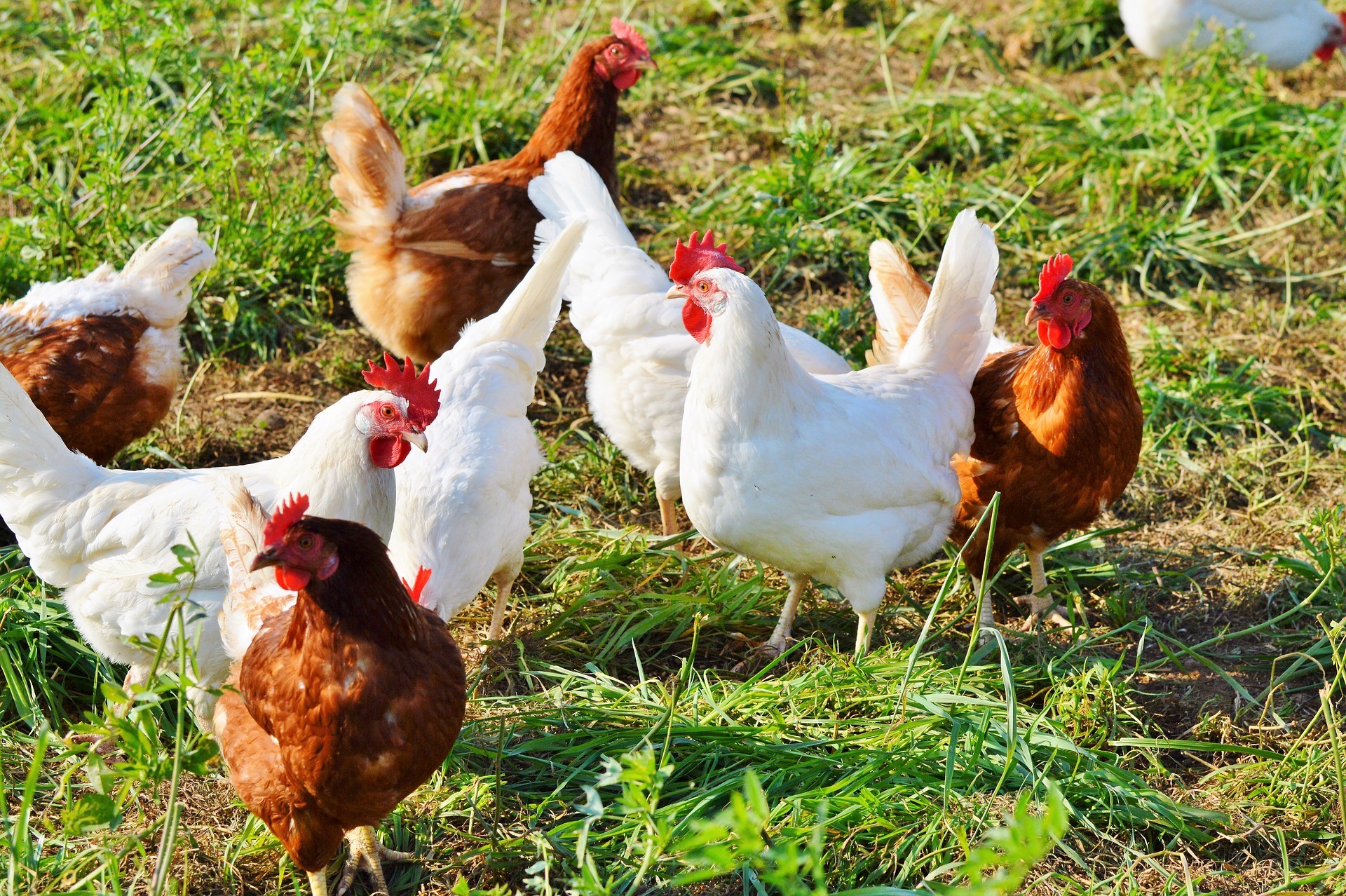
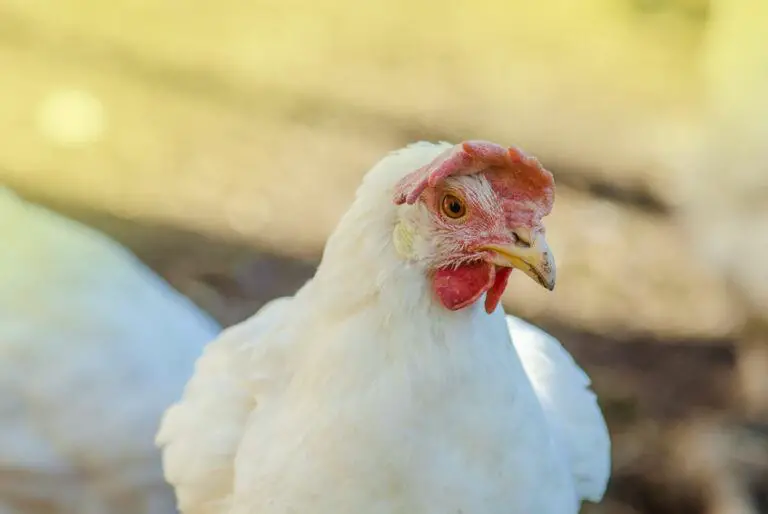
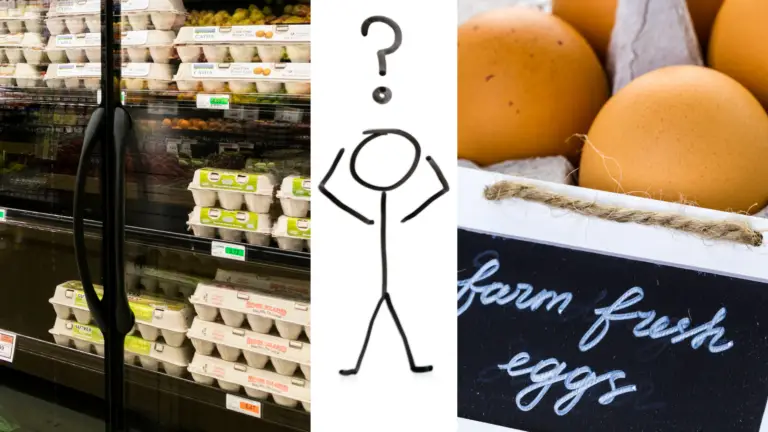

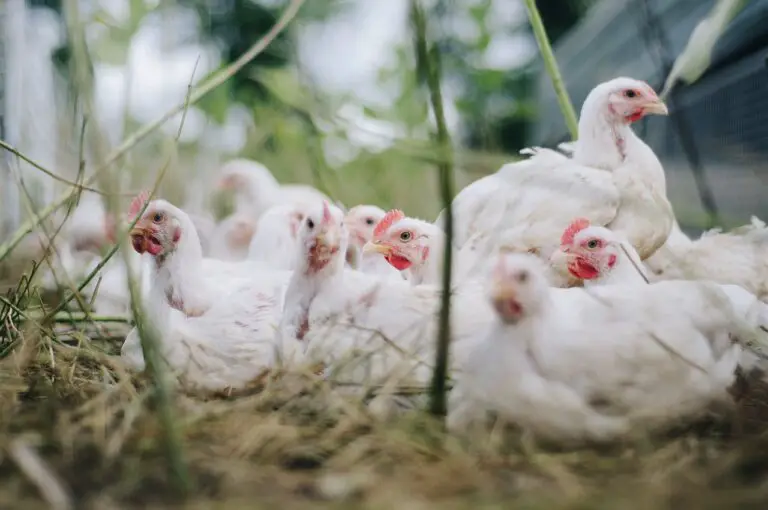
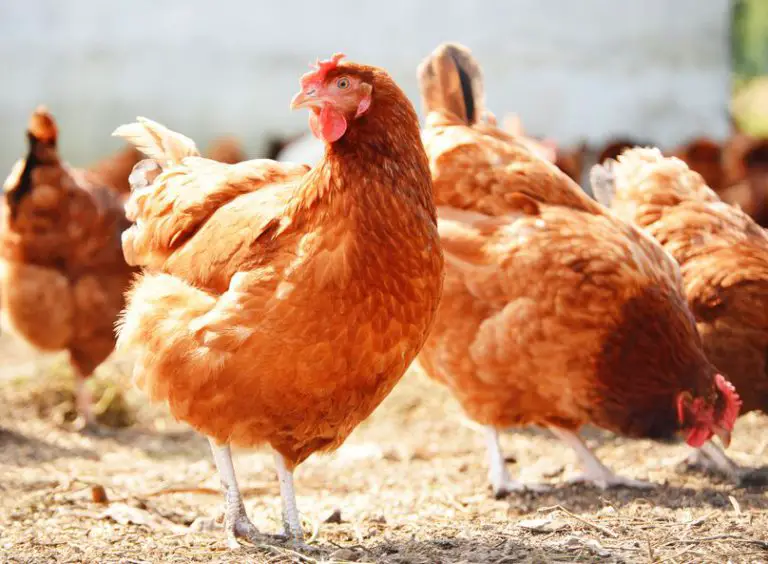
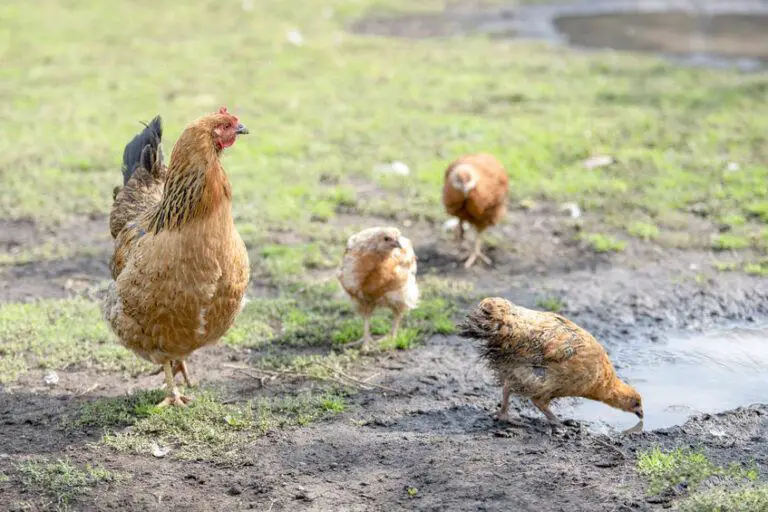
We used to have a pet chicken, we got it as a baby and it was yellow and very cute. We used to let it run around when it got old enough to not be snatched up by a bird.
Something that’s crazy is how fast they grow! One day you’re raising it as a chick next thing you know it has a full body of adult feathers and it’s doing its own thing. But honestly chickens are pretty chill pets to have, but they smell really really bad. And the one we had didn’t like being held for long periods of time.
Hello Ty – yes, like people chickens seem to have their own “personality,” some seem to almost like being held, others not so much:) It’s incredible just how fast they grow! In a matter of weeks, they’re nearly full grown. So fun! Thanks for your comment.
Nice, love these nice sprinkled chicken on a pic in the center.
We had a lot of egg chicken here before, maybe too much because there were some problems with their health.
I’d love to get 250 eggs per animal and year but here it was much less, that’s why we stopped having them.
The fox helped us too with the decision.
Now I’d like to have about ten, that’s enough. I live in Thailand, can you recommend a breed that is successful here?
Thanks for your comment Stefan. Wow you’ve got me stumped on best breeds of chicken in Thailand..but maybe you could talk to a few of the folks raising chickens for eggs, meat, or both (depending on what you want them for). I think 10 is a nice sized flock – if you have a run attached to the coop it may help deter predators…or by burying the perimeter of the coop/run about 8 – 12 inches into the ground may also help. Best of luck to you!
Hello,
Alex S. here, I am thinking very strongly on raising a lot of chickens for sale as food, for franchises,
eg. KFC and other like businesses. Roughly thinking of oh… 15 to 20,000.
I could sure stand to use your advise.
if you could please advise this wayward individual, your time means the world to me and other chicken meat lovers. also franchises, looking to feed natural and pure robust chow for these little darlings
I am looking at building 30 or more coops/brooders. any and all information will be very much appreciated and useful
Sincerely Big Al
Hello Alex,
Wow you have ambitious goals there – awesome! I love your large way of thinking. If you have a large enough acreage and can build the coop/brooders yourself, that idea seems completely plausible. I’ll be honest, I’m not in the business side of raising chickens and know more about raising chickens as a hobby, building a chicken coop on a smaller scale etc. That’s not to say I haven’t considered going big, though. A few thoughts that come to mind are reaching out to large franchises like KFC or others and finding out what it takes to get affiliated with them – it may be more of a headache than it’s worth. Or maybe you could simply start your own processing facility on your property. You could raise hundreds of broilers, process and freeze them on your property and sell them at Farmers Markets, advertise online or by word of mouth etc. Just a few general thoughts that come to mind. A great book on the topic is by Joel Salatin called “Pastured Poultry Profits,” which I own and absolutely love. He’s a great resource for setting up and running a profitable, sustainable poultry business. Best of luck to you Alex!